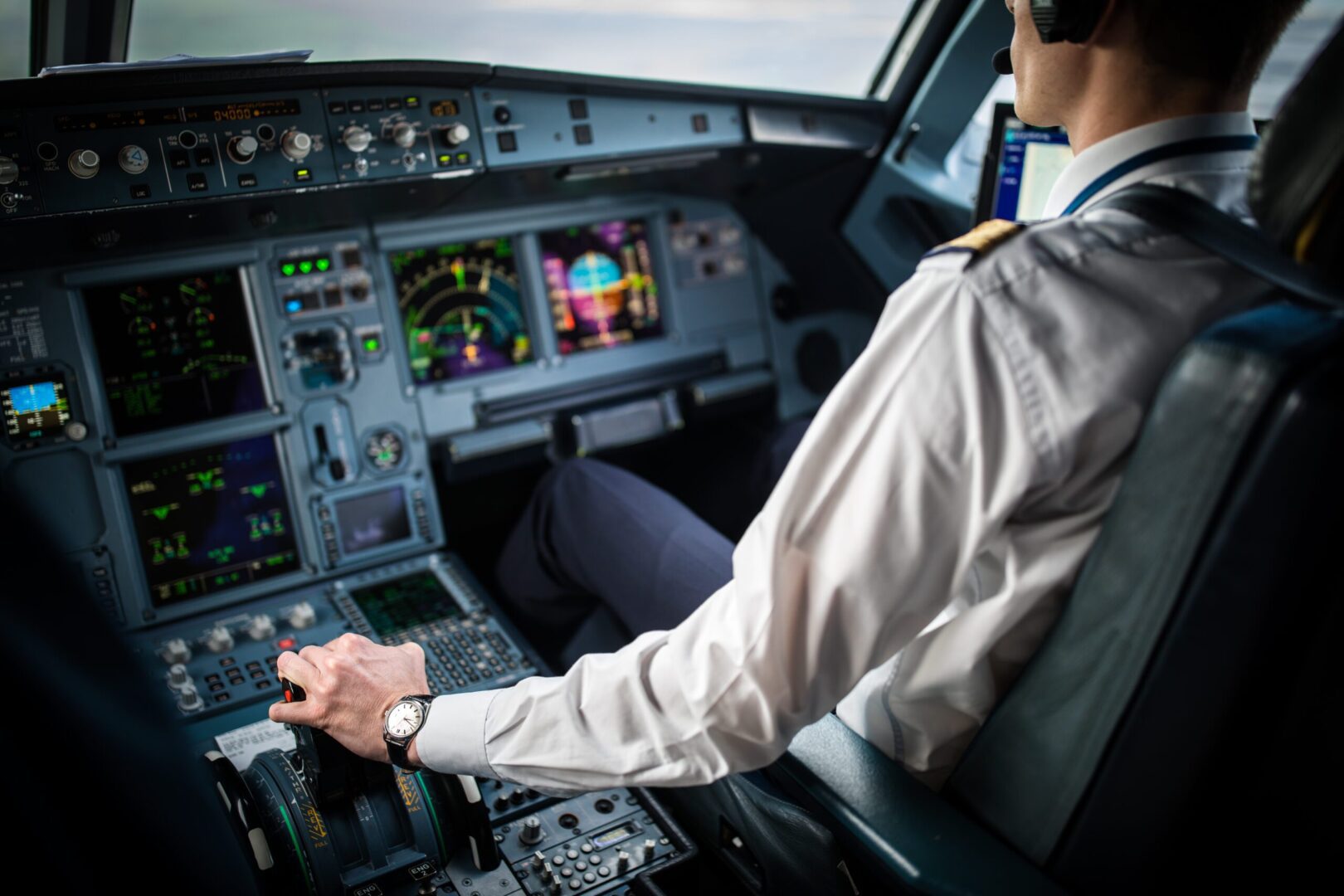FAA Eases Restrictions on Pilots with Type 1 Diabetes
Advancements in medical technology open commercial cockpits to diabetics
By Jesse Geleynse
Published November 15, 2019
Read Time: 2 mins

For a century, countless youngsters grew up dreaming of becoming airline pilots. But those diagnosed with Type 1 diabetes saw their dreams quashed before they ever got off the ground.
No longer. Earlier this month, the Federal Aviation Administration eased restrictions on pilots who use insulin for diabetes treatment and allow them to fly commercially for the first time.
“This is life-changing for people who live with diabetes and use insulin for treatment,” said Sarah Fech-Baughman of the American Diabetes Association. “Little children can now dream to grow up to become pilots and many, many folks who had to leave a career because of a medical condition can have the opportunity to return, and I think that is pretty amazing.”
Type 1 diabetes, usually diagnosed during childhood, is an autoimmune disorder in which the pancreas is unable to naturally produce insulin. Patients monitor their blood sugar and use insulin injections to treat the condition. Type 2 diabetes is generally diagnosed later in life, with diet and exercise serving as the initial treatments before moving on to additional medication or insulin.
The prevailing concern was that a pilot suffering from an episode of high or low blood sugar in flight could lose control of the aircraft. Those fears led the FAA to disqualify insulin-treated diabetics from applying for the first- or second-class medical certificates required to pilot a commercial aircraft in the United States.
A third-class medical certificate is required to pilot private planes, and insulin-treated diabetics have been able to acquire those since 1996.
To date, about 500 diabetic pilots nationwide have been granted third-class certificates, and there have been no incidents related to a pilot’s diabetic condition, according to Fech-Baughman.
The proliferation of continuous glucose monitoring devices, which connect to a patient’s body and update frequently, is one development that has made treatment easier.
“The FAA developed the new protocol based on the reliability of the advancements in technology and treatment being made in the medical standard of care for diabetes and on input from the expert medical community,” the agency announced.
The easing of this restriction could be a boon to Community College of Beaver County, which has a nationally recognized aviation sciences program and recently partnered with Butler County Community College and High Flight Academy to expand those courses.
“CCBC follows the FAA’s regulations on medical requirements,” said Leslie Tennant, CCBC’s executive director of public relations and marketing. “CCBC is committed to helping aspiring pilots reach their goals, and we welcome all who meet the FAA standards.”
This development is significant in terms of easing the stigma of diabetes, Fech-Baughman said.
“Not everyone with diabetes can do everything, but people with diabetes should have the opportunity to prove that they can do the thing that they are seeking to do,” Fech-Baughman said.
Fech-Baughman expects some of the private pilots with diabetes to seek first- or second-class certificates to allow them to turn what was once just a passion into a career.
“We’re looking forward to working with the FAA in implementing this new protocol in a way that is medically appropriate and very much eagerly awaiting the day the first pilot with insulin-treated diabetes gets their certificate,” Fech-Baughman said.






